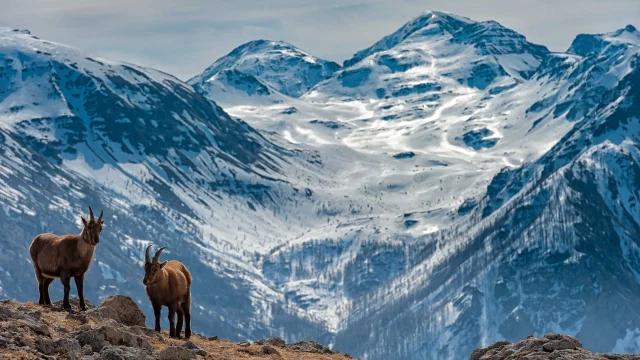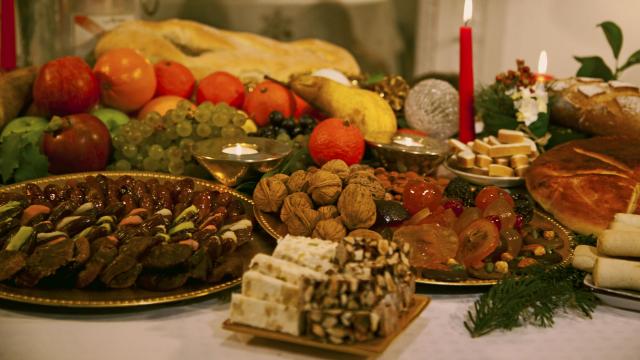Saint Barbara and Saint Lucy
Wheat, lentils, mistletoe and holly
Saint Barbara, the patron saint of artillerymen and miners, is celebrated on December 4th when the people of Provence sow wheat and lentils in three saucers. During the 20 days leading up to Christmas, the seeds sprout into pretty green tufts, symbolizing a plentiful harvest in the coming year. On Christmas Eve, the most verdant saucer is placed on the table. On Saint Lucy’s Day on December 13th, mistletoe and holly are gathered. The mistletoe is hung above the doors as a sign of peace and goodwill, while the holly protects from witchcraft!






















